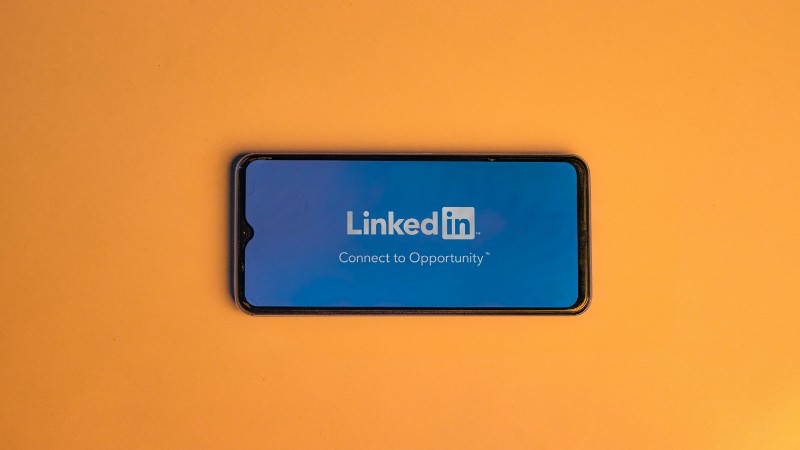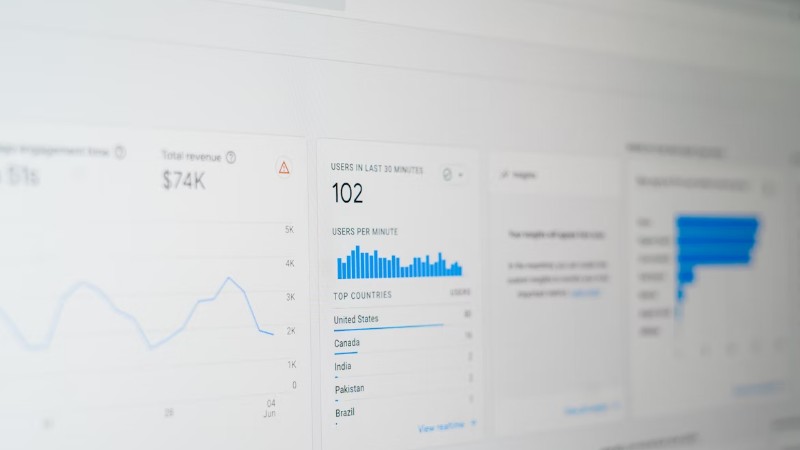LinkedIn retargeting proves essential for B2B SaaS growth
Industry InsightsIn the race to acquire and retain clients, B2B SaaS marketers are increasingly turning to LinkedIn Ads and precision-based PPC strategy for B2B campaigns. Long recognized as the world’s largest professional network, LinkedIn remains the leading platform for B2B lead generation—outperforming all other social channels for SaaS and enterprise marketing. Yet broad campaigns often fail to convert, prompting a shift toward retargeting—ads aimed at users who’ve already interacted with a brand. Recent data from Kinsta shows that LinkedIn drives about 80% of all B2B social media leads and accounts for nearly half of social traffic to B2B websites. The platform’s strong credibility among professionals continues to make it the top-performing channel for SaaS marketers aiming to generate high-quality leads and long-term engagement. By segmenting audiences into high-quality leads researching solutions and high-intent leads evaluating specific products, marketers can tailor messages to match where prospects stand in their decision-making journey. Data-driven growth in SaaS marketing This targeted method reduces wasted ad spend, increases lead quality, and accelerates the sales cycle. Real-world results underscore the impact: Celayix, a workforce scheduling SaaS firm, combined LinkedIn retargeting with industry keywords and multi-channel campaigns to generate more than 100 qualified B2B leads. Experts note that successful SaaS marketing depends on integrating data-driven tactics like Google Ads for SaaS, retargeting, and content optimization to align with the customer journey. Paired with SEO, referral programs, and growth loops, retargeting strengthens visibility across every touchpoint—turning curiosity into commitment. Continuous performance tracking, using metrics like cost per lead and conversion rate, helps refine campaigns and improve ROI. When woven into a broader digital mix that includes B2B SaaS PPC and email outreach, LinkedIn retargeting becomes more than an ad channel—it evolves into a scalable, high-precision growth engine for SaaS brands competing in an increasingly crowded marketplace.





